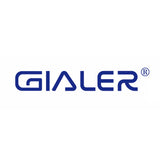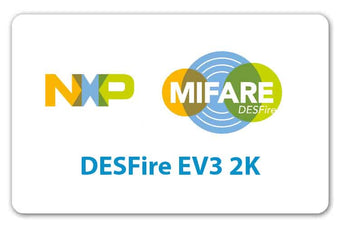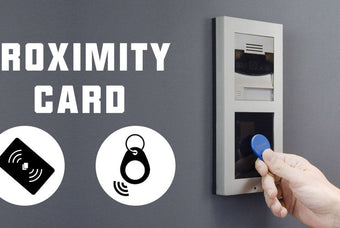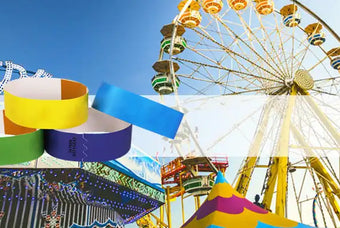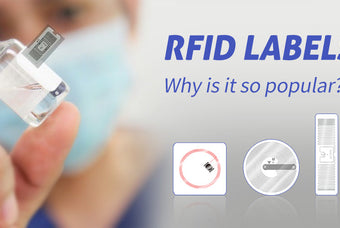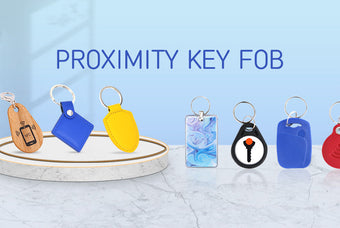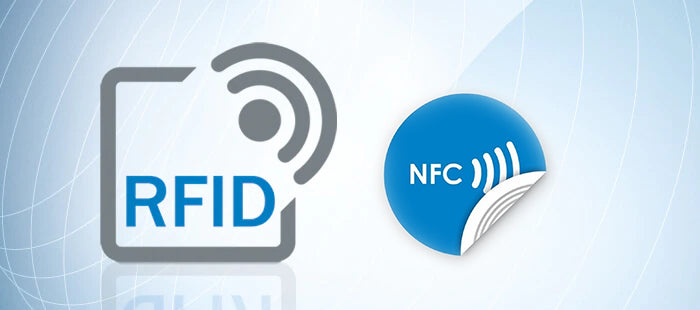When it comes to contactless payment cards, there are two types of technology to consider: RFID and NFC. While both technologies allow for contactless transactions, they work in slightly different ways. An RFID card uses radio frequency identification, while an NFC card uses near-field communication.
RFID and NFC technology are not limited to payment cards. Hotel key cards, for example, often use RFID technology. Money cards, such as gift cards, may also use either RFID or NFC technology. While they have some similarities, they also have some significant differences.
RFID (Radio Frequency Identification) is a wireless technology that uses radio waves to read and capture data stored on a tag or a card. RFID tags consist of a microchip that stores the data and an antenna that transmits the data to a reader when it is in range. RFID technology has been around for decades and is used in many applications, such as inventory management, access control, and payment systems.
NFC (Near Field Communication) is a subset of RFID technology that operates at a shorter range, typically less than 10 cm. NFC is used for contactless payments, data transfer, and other applications that require close proximity. NFC is a two-way communication technology that enables devices to exchange data when they are brought close together. It is used in mobile payment systems like Apple Pay and Google Wallet.
The main differences between RFID and NFC:
Range:
- RFID: RFID systems can operate over longer distances, ranging from a few centimeters to several meters, depending on the frequency used and the power of the RFID reader.
- NFC: NFC is designed for short-range communication, typically within a range of a few centimeters (up to around 10 centimeters). This short range is intentional for security and ease of use.
Communication Frequency:
- RFID: RFID operates at various frequencies, including low frequency (LF), high frequency (HF), and ultra-high frequency (UHF). Common frequencies are 125 kHz, 13.56 MHz, and 860-960 MHz.
- NFC: NFC operates at 13.56 MHz, which falls within the high-frequency range. This frequency is standardized for NFC communication.
Communication Protocol:
- RFID: RFID systems use various communication protocols, and there is no universal standard for RFID communication. The communication protocol depends on the RFID system's design and application.
- NFC: NFC is a standardized set of communication protocols that are based on RFID standards. The most common communication modes in NFC are read/write and peer-to-peer communication.
Data Transfer Rate:
- RFID: RFID data transfer rates can vary depending on the specific RFID system and frequency used. Data transfer rates may range from a few bits per second to several kilobits per second.
- NFC: NFC supports data transfer rates of up to 424 kbps (kilobits per second) for peer-to-peer communication and up to 106 kbps for read/write communication.
Use Cases:
- RFID: RFID is commonly used for applications such as inventory tracking, access control, logistics, and asset management. It is often employed in scenarios where longer-range communication is required.
- NFC: NFC is frequently used for contactless payments, access control systems, public transportation cards, and data exchange between devices in close proximity. Its short-range communication is suitable for applications requiring a high level of security.
Device Interaction:
- RFID: RFID is typically a one-way communication process, with the RFID tag responding to queries from an RFID reader.
- NFC: NFC supports two-way communication, allowing devices to exchange data bidirectionally. This feature enables applications like peer-to-peer communication between smartphones.
Here are some general guidelines to help you determine whether a card is RFID or NFC:
- Check for Branding or Labeling:
Some cards may have logos or labels indicating RFID or NFC technology. Look for terms like "RFID" , "NFC" or symbols associated with these technologies.
- Examine the Card Design:
NFC cards are often designed for close-range communication, and they may have a specific area on the card where the NFC chip is located. This area might be marked with symbols or icons representing NFC.
- Look for Information:
Check any accompanying documentation or information that came with the card. Manufacturers or issuers may specify whether the card utilizes RFID or NFC technology.
- Inspect the Card Material:
Some RFID cards may have a thicker or more rigid construction, as they are designed to be used in various environments. NFC cards, on the other hand, may be thinner and more flexible.
- Use a Smartphone:
Most smartphones have NFC capabilities. If you suspect the card is NFC, you can try bringing it close to the NFC area on your smartphone (usually located on the back or near the camera). If your phone detects the card, it's likely NFC.
- Check Frequency:
RFID operates at different frequencies, such as 125 kHz or 13.56 MHz. If you have access to a specialized RFID reader, you can check the frequency of the card. NFC typically operates at 13.56 MHz.
- Consult the Manufacturer or Issuer:
Contact the manufacturer or issuer of the card for information on the technology used. This information may be available on their website or through customer support.
In summary, while RFID is a broad technology used for various applications with varying communication ranges, NFC is a specific implementation of RFID designed for short-range, two-way communication between devices. Both technologies play crucial roles in modern applications for identification, tracking, and secure communication.

